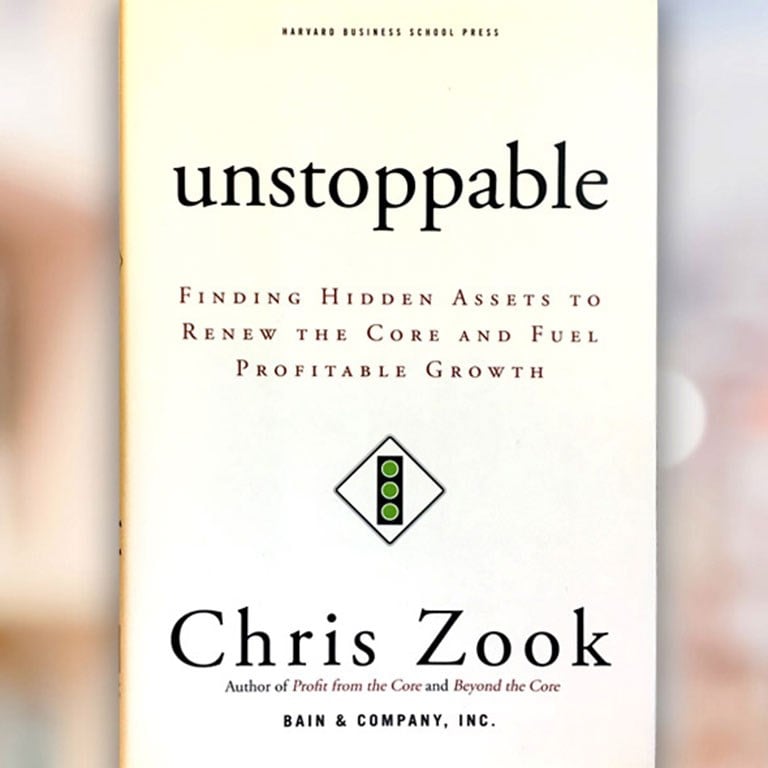Forbes.com
Peter Benjamin Parker, alias Spider-Man, was about 15 years old when he first appeared in the 1962 comic book Amazing Fantasy No. 15. That would make the straight-laced scientist close to 60 this spring, when he exploded on the screen in the worldwide release of Spider-Man 3.
Perhaps even more marvelous is how the geriatric Parker also rescued the firm that created him. Not so long ago, Marvel Entertainment's (nyse: MVL—news—people) financial fate hung by a thread.
Spider-Man demonstrates that superheroes are not the only entities with hidden powers. Businesses have them, too, in the form of underutilized or underappreciated assets—ones that can reinvigorate their core.
One way to understand Spider-Man's rebirth is through what we call the Focus-Expand-Redefine (F-E-R) cycle, which nearly every large enterprise is moving through at an accelerating rate these days.
In the Focus phase, companies concentrate on building their core business to its full potential. They grow their markets, cut costs, improve operations and develop innovations in core products. In the Expand phase, they take advantage of these capabilities and market positions to move into adjacent markets.
Inevitably, though, many companies experience dwindling growth and profitability. Perhaps the market has reached saturation or the available pool of profits has shifted. Or perhaps new competitors with lower cost structures or innovative products have appeared. This is the time to redefine the core.
With the average lifespan of companies dropping to just over 10 years from 14 a decade ago, and a dramatic decrease in the useful life of a company's strategy, more companies will find themselves in that fateful third phase. The issue for executives is what new course to take. Some will stubbornly defend the status quo. Others will try big mergers or leap into a hot new market.
But a number of companies have found an alternative that entails less risk. They uncover and deploy hidden assets that have been overlooked, undervalued or underutilized. Companies that manage to do this can reinvent their core.
Marvel used this approach to fight its way back successfully from a 1996 bankruptcy. The struggling publisher's vast assemblage of 5,000 comic book characters had been in a kind of hibernation. But director Isaac Perlmutter, now CEO and vice chairman of the board, understood the power of nostalgia and began to revive the old characters who won new lives on the screen.
The first was Spider-Man in 2002. Thanks, also, to films featuring Wolverine and the Hulk, by 2005 Marvel's revenues from movie licenses and merchandise accounted for more than half its $390.5 million in revenues and much of its $103 million in profits.
In fact, most hidden assets tend to fall into three categories: undervalued business platforms, untapped customer insights and underexploited capabilities. All, it turns out, can provide a new core for a company. Spider-Man, and his stable of super cohorts, represents a classic case of an undervalued business platform.
De Beers, on the other hand, redefined its core by mining consumer and customer relationships.
A few years back, the famous firm was sitting atop a $5 billion stockpile of rough diamonds, yet its profits were sinking. De Beers looked hard at its business, and found it had deeper relationships with consumers than it realized, and more knowledge about its consumers that it could put to work.
Liquidating 80% of its inventory, De Beers created a new business model, building up its brand through advertising and developing new product ideas for distributors and jewelers. Suddenly couples were buying three-stone rings to celebrate the past, present and future of relationships.
Men were buying rings designed with a male flair. Women were buying "right hand" rings as symbols of independence. By 2001 the company's diamond business was valued at $9.3 billion, up from roughly $1 billion just two years earlier.
Grocery chain Tesco has managed to exploit underused capabilities. Earlier than others, Tesco understood the competitive advantage of superior logistics and replenishment. Indeed, having the right item on the shelf when shoppers reach for it has made Tesco the leader in the hypercompetitive UK grocery marketplace. "We focused first on distribution capabilities," explains former CEO Lord Ian MacLaurin. "We eventually became so good that we could run smaller stores efficiently that others could not."
The thread that runs through each of these examples is that, frequently, the secret to a company's renewal doesn't have to be a risky new venture. Rather, like Spider-Man, it can be an undertapped asset, just waiting to be unleashed. The trick for the mere mortals who occupy corner offices is to identify what hitherto unrecognized platforms, capabilities or customer insights they may be sitting on that can launch a new wave of growth.
Based in Amsterdam, Bain & Company partner Chris Zook is the author of Unstoppable: Finding Hidden Assets to Renew the Core and Fuel Profitable Growth (Harvard Business School Press, 2007).

Unstoppable
Learn more about how companies can use hidden assets to renew the core and fuel profitable growth.